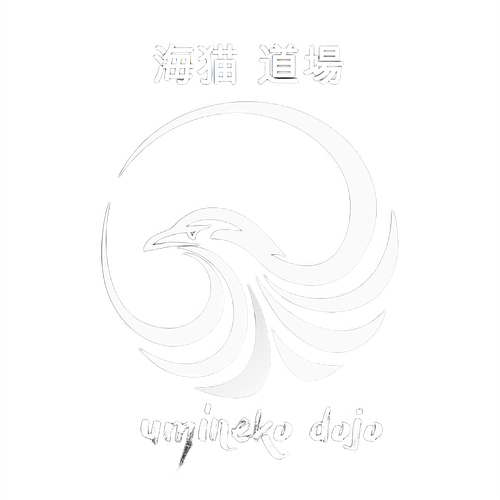Ninpo
Nin [Perseverance] Po [Natural Law]
Overview
The art of the Ninja, the legendary shadow warriors of Japan, is the primary focus of the International Genbukan Ninpo Bugei organization headed by Grandmaster Shoto Tanemura of Matsubishi Japan. In the interests of maintaining the integrity of the ancient Ninja tradition, Grandmaster Tanemura founded the Genbukan in November of 1984. The Genbukan is dedicated to the factual portrayal and teaching of the Ninja arts in the traditional Japanese manner.
The curriculum in the Genbukan is centered on the teaching of the Ninpo Sanjurokkei (36 areas of training) that consists of 18 forms of traditional Japanese martial arts (Bugei Juhappan) in combination with the 18 forms of Ninpo (Ninja Juhakei).
The Name "Genbukan"
Genbukan means the place that nutures the martial art professionals; the place radiating an exquisite martial art. Gen also means black - a place of practice for techniques which are mysterious, strange and marvelous. The significance being that one who masters the Ninpo Bugei gives light to the (outer) world of darkness.
The Name "Ninpo Bugei"
Ninpo Bugei is not limited to any one style or school (Ryu-Ha). Instead, what has been included to build this art must be further developed. There are no limits imposed on this original Japanese art of perseverance (Shinobi).
Genbukan Ryu-Ha
The basics of Genbukan Ninpo Bugei have evolved out of various schools including:
Togakure-Ryu
Kumogakure-Ryu
Kukishin-Ryu
Gyokko-Ryu
Koto-Ryu
Gikan-Ryu
Shinden-Fudo-Ryu
Takagi-Yoshin-Ryu
Asayama-Ichiden-Ryu
Yoshin-Muso-Ryu
Tatara-Shinden-Ryu
Iga-Ryu
Tenshin-Ryu
Daito-Ryu
Yagyu-Shingan-Ryu
Mugen Shinto Ryu
Kijin Chosui Ryu
Tenshin Kyohyo
Kukishin Ryu
Ninpo & Ninjutsu
Ninjutsu is best described as the collection of skills utilized by the Ninja while Ninpo, often referred to as "the higher order of Ninjutsu," implies a philosophy for living based on the principles of Nin.
Nin translates into patience, but can also imply perseverance, or stealth. The Japanese character for Nin consists of two parts or radicals. The upper radical is called yaiba which refers to the cutting edge of a blade. The lower radical can be read either as kokoro or shin, both of which mean heart.
The character po, which implies natural law, is used rather than do (i.e.. judo, kendo, aikido,etc). Referring to our art as Ninpo rather than Ninjutsu stresses training which is concerned with the internal development of the individual's character along with the technical skills of martial training. It isn't enough just to know techniques, it is where your heart and spirit are as a person that is important. For this reason, Ninpo stresses philosophic and spiritual training in conjunction with the physical training. This refinement of one's spirit is known in Japanese as seishinteki kyoyo.
Ninpo is concerned with the defense of the whole self, and recognizes that defense against a life-threat is dealt with by the spirit as much as with physical technique.
What You Will Learn
Different methods to kick and punch
Throwing
Ground defense
Small and large joint manipulation
Restraint techniques
Body movement and sword evasion
Different methods for choking
Bone locks
Pressure points
Sword and knife defense

